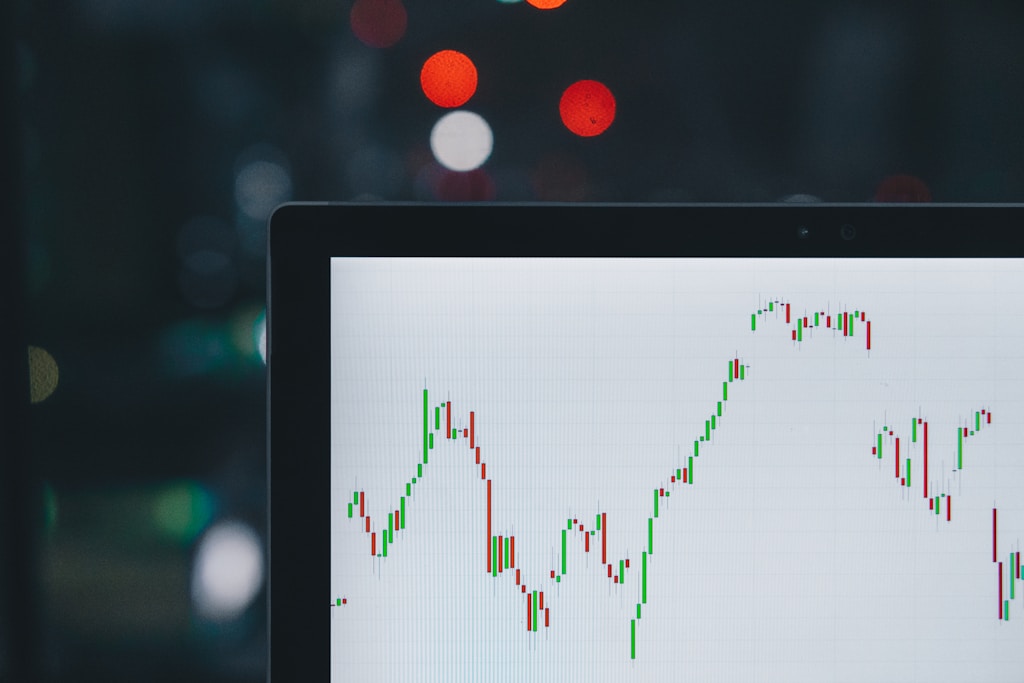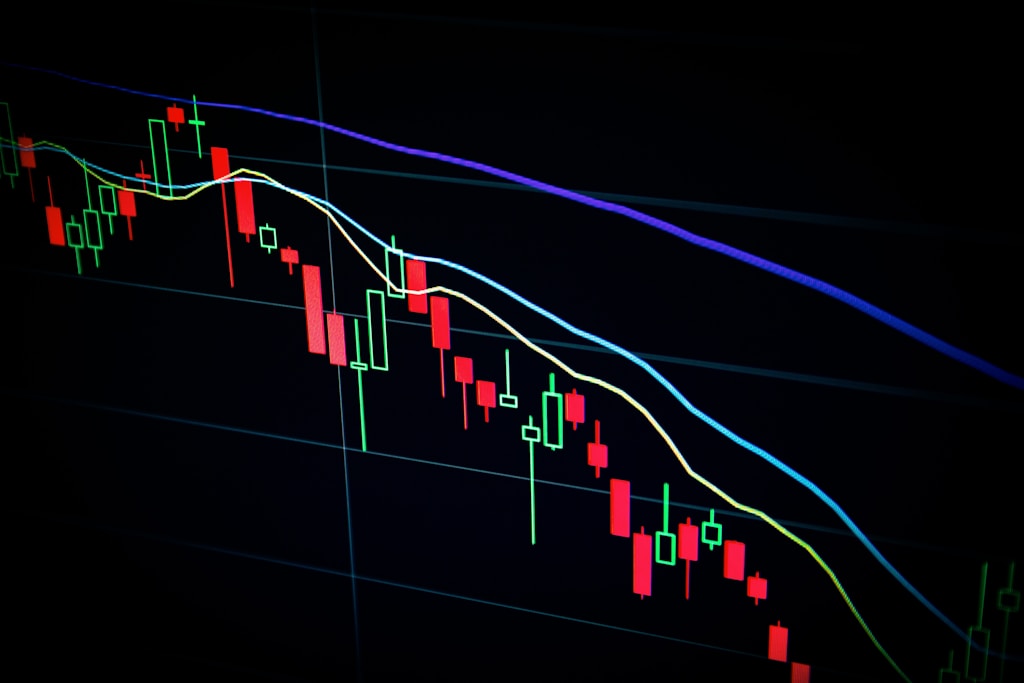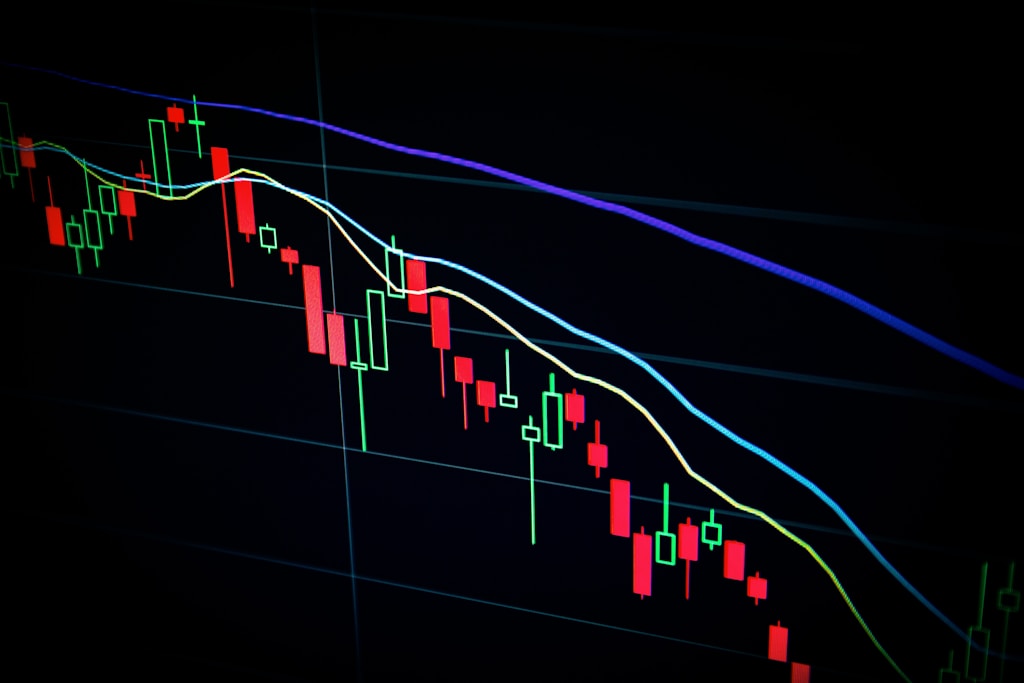In a significant move for institutional crypto adoption, asset management giant VanEck has launched its tokenized US Treasury fund (VBILL) on multiple blockchain networks, including Ethereum and Solana. This development comes as Bitcoin continues its impressive rally above $100K, signaling growing mainstream acceptance of digital assets.
VanEck’s Multi-Chain Treasury Token Strategy
The VBILL fund represents a groundbreaking development in the tokenization of traditional assets, offering qualified investors digital access to short-term US government bonds through blockchain technology. Key features include:
- Minimum investment requirements: $1M on Ethereum, $100K on other supported chains
- Multi-chain deployment across Ethereum, Solana, BNB Chain, and Avalanche
- Integration with stablecoin payments, including USDC
Standard Chartered’s Strategic Crypto Expansion
Complementing VanEck’s initiative, Standard Chartered’s partnership with FalconX represents another significant step in institutional crypto adoption. This collaboration will:
- Integrate traditional forex services with digital asset infrastructure
- Expand institutional client offerings
- Enable crypto collateralization through OKX partnership
Market Impact and Future Outlook
These institutional developments coincide with significant market momentum, as Bitcoin ETFs continue to see record inflows, demonstrating growing institutional confidence in digital assets. The convergence of traditional finance and crypto markets suggests several key trends:
Short-term Implications
- Increased institutional liquidity in crypto markets
- Greater integration between TradFi and DeFi systems
- Enhanced legitimacy for digital asset investments
Long-term Outlook
- Accelerated adoption of blockchain technology in traditional finance
- Expansion of tokenized traditional assets
- Development of hybrid financial products
FAQ Section
Q: What is the minimum investment required for VanEck’s VBILL fund?
A: $1M on Ethereum and $100K on other supported blockchains including Solana, BNB Chain, and Avalanche.
Q: How does this affect institutional crypto adoption?
A: This development signals growing institutional confidence in digital assets and blockchain technology, potentially accelerating mainstream adoption.
Q: What other traditional assets might be tokenized next?
A: Following this trend, we may see tokenization of corporate bonds, real estate, and other traditional financial instruments.





